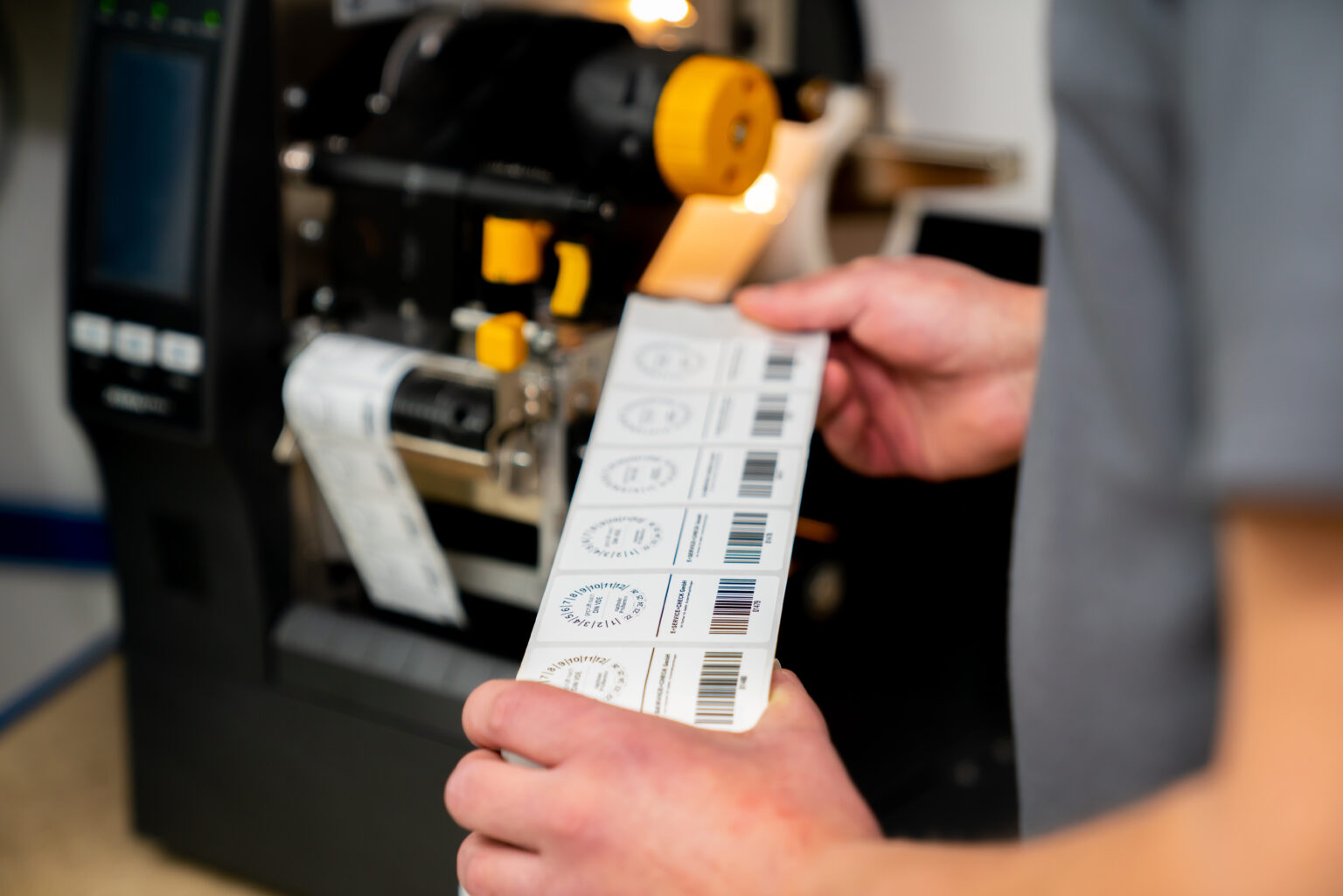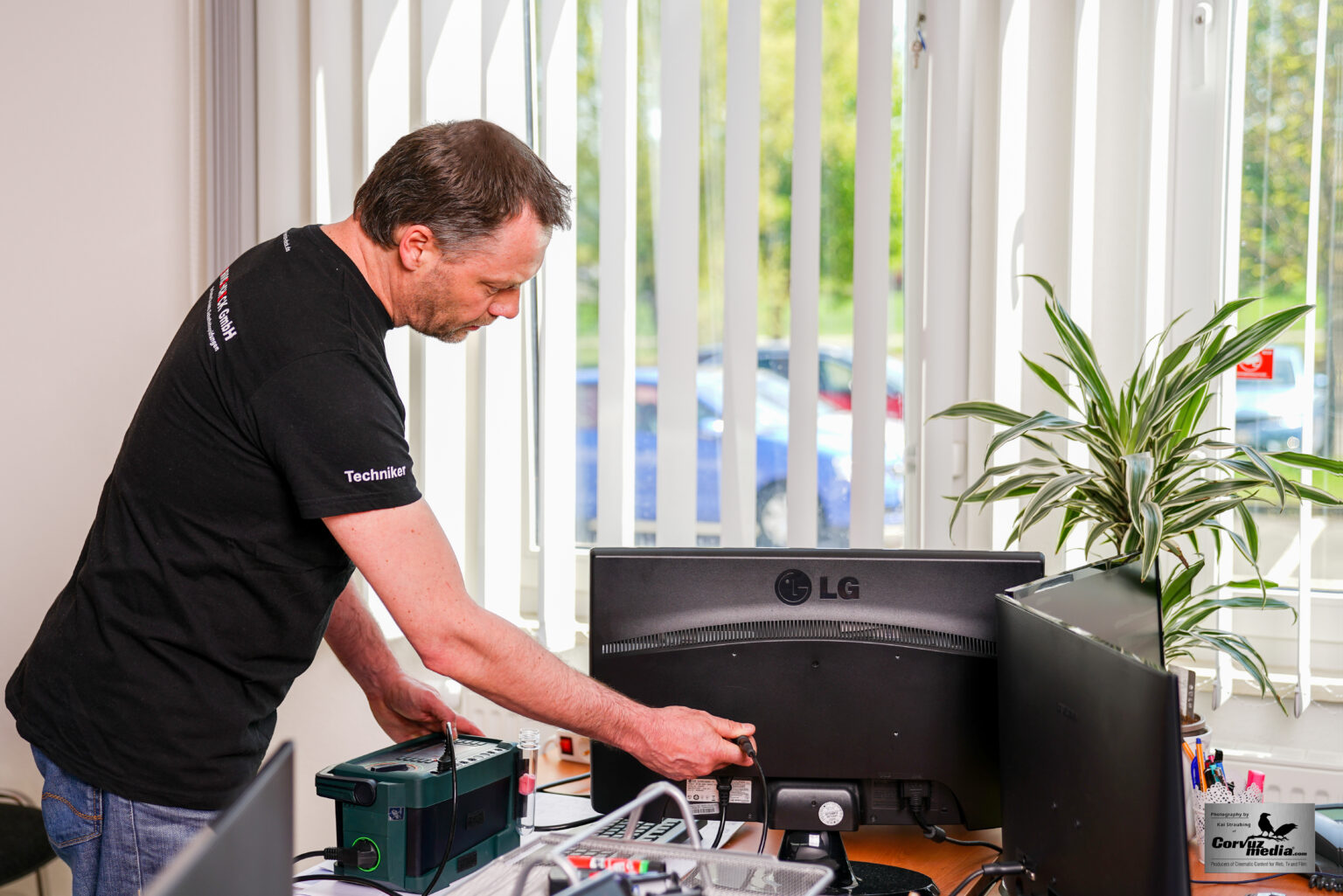Ever wondered why over 60% of workplace accidents are preventable by regular equipment checks? The DGUV V3 Prüfung in Meerbusch provides a vital service that ensures electrical appliances and machines are up to code, drastically reducing the risk of electrical hazards. It’s an essential safeguard for both employees and employers.
Historically, the DGUV V3 regulations were introduced to address the growing concerns regarding electrical safety in the workplace. In Meerbusch, the implementation of these regulations has seen significant compliance, with over 90% of businesses being regularly tested. This not only ensures safety but also maximizes operational efficiency by minimizing unexpected downtimes.
DGUV V3 Prüfung in Meerbusch focuses on inspecting electrical equipment to ensure compliance with safety regulations. By conducting these tests, businesses can minimize workplace electrical hazards, ensure employee safety, and maintain operational efficiency. Regular compliance checks are mandated to prevent accidents and promote a secure working environment.
DGUV V3 Prüfung Meerbusch
DGUV V3 Prüfung in Meerbusch is crucial for maintaining safety in workplaces. This inspection checks electrical equipment to ensure it meets safety standards. Not only does this prevent accidents, but it also promotes a culture of safety among employees. These tests are mandatory and must be conducted regularly. Compliance helps avoid costly downtimes and legal penalties.
The process involves a series of steps to inspect and test electrical devices. Inspectors use specialized tools to measure and record electrical currents. If a device fails, it must be repaired or replaced before being used again. This ensures all equipment is in top condition. Regular inspections help identify potential issues before they become serious problems.
There are many benefits to regular DGUV V3 inspections. They help create a safe working environment, which boosts employee morale. Safe equipment also means fewer accidents and injuries, leading to lower insurance costs. Companies that comply with these regulations are seen as responsible and trustworthy. This can even improve business relationships and customer satisfaction.
In Meerbusch, the local authorities support businesses in meeting these requirements. They provide resources and guidance to ensure companies understand the process. Many firms offer professional inspection services to help businesses stay compliant. Such services can be scheduled to minimize disruption. Overall, DGUV V3 Prüfungen help keep the workplace safe and efficient.

Benefits of Regular DGUV V3 Testing
Regular DGUV V3 testing ensures that electrical equipment meets safety standards. This greatly reduces the risk of electrical accidents. It creates a safer working environment, which is vital for both employees and employers. Regular checks also prevent costly equipment failures. Safety and efficiency go hand-in-hand with these inspections.
Employers benefit from lower insurance premiums due to fewer accidents. This saves money in the long run. Plus, staff morale improves when they know they are working in a safe environment. Happy employees are more productive. Consistent safety checks lead to a more efficient workplace.
Businesses that comply with DGUV V3 testing build a strong reputation. Customers trust companies that take safety seriously. This can lead to increased customer loyalty and new business opportunities. Compliance can even be a unique selling point. It shows that the company cares about safety and quality.
DGUV V3 testing is not just for preventing accidents; it also enhances operational efficiency. Unexpected downtimes are minimized because equipment is regularly maintained. Companies can plan their maintenance better. This leads to smoother operations and less stress. Regular testing is a win-win for everyone involved.
Steps to Prepare for DGUV V3 Prüfung
Preparation for DGUV V3 Prüfung involves several key steps. First, gather all the electrical equipment that needs to be inspected. Make sure everything is clean and in good working order. This initial step ensures that the testing process will be smooth and efficient. Organizing your equipment saves time later on.
Next, create a checklist of all items and their current conditions. This will help keep track of what has been inspected. Also, document any previous tests or repairs. A well-maintained log is crucial for successful inspections. It provides a clear history of your equipment.
The third step is to inform your staff about the upcoming inspection. Let them know what to expect and how it might affect their workday. Education is key to minimizing disruptions. If everyone knows their roles, the inspection will go faster. Employees should also report any issues they’ve noticed with the equipment.
Finally, schedule the actual testing at a convenient time. Choose a time that will cause the least disruption to your operations. Many inspection services offer flexible scheduling. Planning ahead makes the test less stressful. Following these steps ensures that your DGUV V3 Prüfung will be successful and efficient.

Common Challenges and Solutions
One common challenge businesses face during DGUV V3 inspections is outdated equipment. Older devices are more prone to fail these tests. The solution is to replace or upgrade outdated equipment before the inspection. Regular maintenance can also help keep old equipment in good condition. This reduces the likelihood of failure during the test.
Another issue is insufficient documentation of previous inspections and repairs. Without proper records, it’s challenging to track the history of each device. Maintaining a detailed logbook can solve this problem. Record every inspection, repair, and any issues that arise. This not only helps during audits but also ensures better compliance.
Scheduling can also be a challenge, as inspections must be done without disrupting operations. The solution is to plan the tests during off-peak hours. Many inspection services offer flexible scheduling options to accommodate this need. Communicate clearly with your team to minimize disruptions. Proper planning makes the process smoother.
Sometimes, staff may not be aware of their roles or what to expect during an inspection. This can create confusion and slow down the process. Providing training and clear instructions can solve this issue. Educate your team about the importance of the inspection. Make sure everyone knows their responsibilities and what is expected of them.
Lastly, dealing with unexpected failures during the test can be stressful. Preparing for such scenarios in advance can help. Keep spare parts and tools handy for quick repairs. This ensures that you can address issues immediately. Being prepared can make the inspection process less stressful and more efficient.
Future Trends in Electrical Safety Testing
One significant trend in electrical safety testing is the integration of smart technology. Smart sensors and IoT devices can monitor electrical systems in real-time. This allows for instant detection of faults and automatic alerts. Predictive maintenance is becoming possible with data analytics. These technologies help prevent issues before they become major problems.
Another trend is the increased use of automated testing systems. Automated systems can run multiple tests quickly and accurately. This reduces human error and speeds up the inspection process. Robotics may also be used for physical inspections. This minimizes risk to human inspectors in hazardous environments.
Sustainability is also driving changes in electrical safety testing. There is a growing emphasis on eco-friendly practices. Energy-efficient testing methods and renewable energy sources are being explored. Green certifications are becoming more relevant. This trend aligns with global sustainability goals.
Regulation is adapting to these technological advancements. New standards are being developed to incorporate smart technology and automation. These standards ensure that cutting-edge methods meet safety requirements. Keeping up with evolving regulations is crucial for compliance. Businesses need to stay informed about these changes.
Training and education are evolving alongside these trends. Online platforms and virtual reality simulations are being used for training. These tools make it easier to understand complex testing procedures. Continuous learning is necessary to keep up with new technologies. Companies are investing in education to ensure their teams are well-prepared.
Key Takeaways
- Smart technology allows real-time monitoring of electrical systems.
- Automated testing systems reduce human error and increase speed.
- Sustainability is influencing eco-friendly testing practices.
- Regulations are evolving to match new technological advancements.
- Online and VR training tools make learning complex procedures easier.
Frequently Asked Questions
1. What is predictive maintenance in electrical safety testing?
This approach not only prevents unexpected downtimes but also extends the lifespan of the equipment. It uses smart sensors and software to monitor equipment continuously.
2. How does automation improve electrical safety testing?
These systems also allow for consistent testing standards. This means the results are more reliable and inspections are completed more quickly.
3. What are the benefits of using smart technology in safety testing?
It also helps in gathering data over time to identify patterns. This information is useful for preventive maintenance and improving overall safety.
4. Why is maintaining a logbook important for DGUV V3 testing?
This documentation is crucial for audits and regulatory compliance. It also makes future inspections easier by showing what was previously checked and fixed.
5. What role do regulations play in electrical safety testing?
Staying compliant with these regulations is crucial for legal and operational reasons. It also helps build trust with customers and employees.
Conclusion
The evolving landscape of electrical safety testing, with its smart technologies and automated systems, is setting new standards for workplace safety and efficiency. Businesses that embrace these advancements will benefit from reduced risks and increased operational uptime. Staying updated with regulations is crucial to leverage these benefits fully.
Proactive measures like predictive maintenance and detailed logbooks contribute significantly to compliance and safety. As technology advances, continuous education will be essential to keep pace with new methodologies. Investing in these areas today will ensure a safer and more efficient tomorrow.